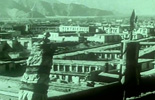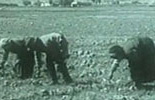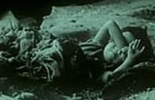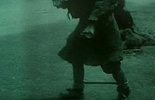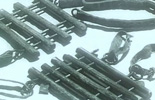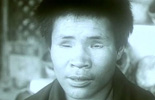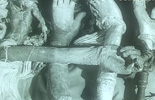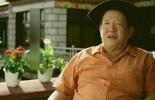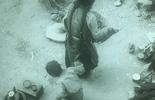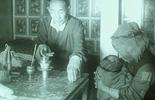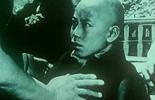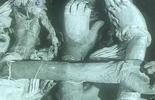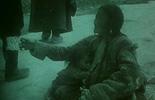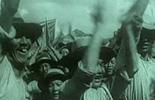Overview: The Past of Tibet
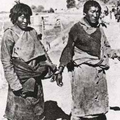
This is a 25-minute-long documentary portraying life of Tibetan between 1951 and 1959, a period when Tibet was still under a feudal system. Detail >>
Feudal Serfdom before 1959
- Feudal Serfdom in Old Tibet
- A Society Based on a Regime that Combined the Political and Religious Powers, and Divided People into Three Strata and Nine Grades
- The Feudal Lords’ Ownership of Means of Production
- The Feudal Lords’ Ownership of Their Serfs
- The Serfs’ Economic Burden
- The Oppression of the Serfs by Manorial Lords
- The Serfs’ Miserable life
- Some statistics about serfdom in Tibet
Society variance after 1959
Related Special Coverage
Documentary: The Past of Tibet
The Serfs' Miserable life
Video in Episode

Episode II - Wealth of aristocrat
This is Pala Villa. The owners´ wealth was beyond our imagination.







